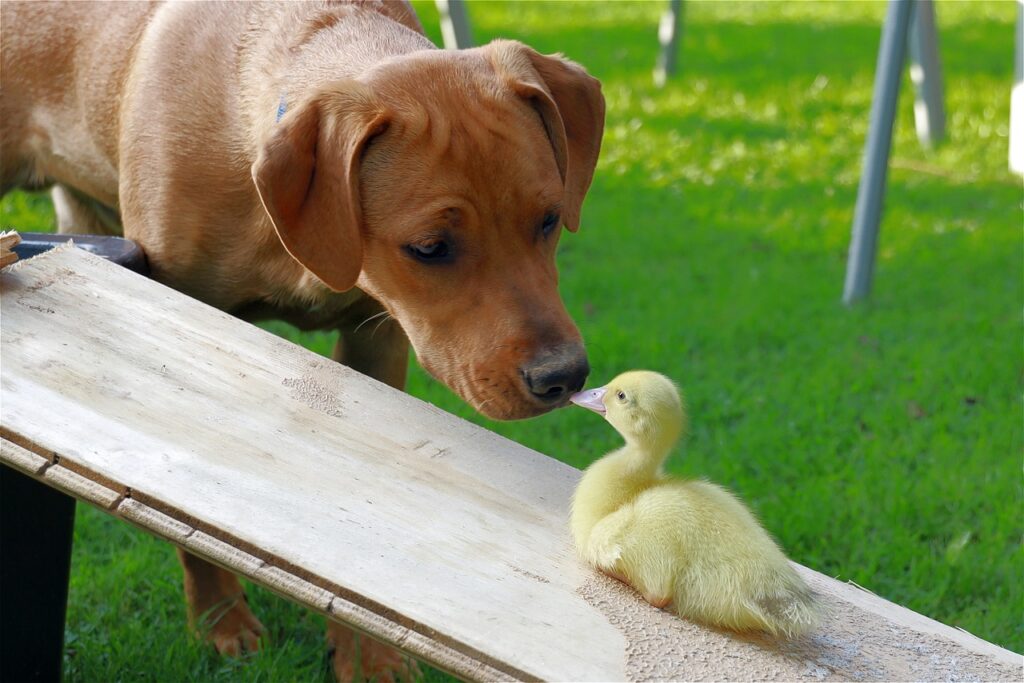
My esteemed colleagues,
Since October 17th, when I published my first blog post talking about IsraeI and PaIestine, I have received many, many comments, emails, texts, and private messages on Instagram, Twitter, LinkedIn, and Facebook from many of you, expressing sadness and disappointment in my words. Over the next several months, I doubled down, condemning Israel’s relentless slaughter of untold children and civilians. I encouraged actions such as contacting elected officials and demanding they support a permanent ceasefire. I called for us in this sector to support an end to Israel’s settler colonial occupation and apartheid regime, and for a Free Palestine.
Continue reading “An apology to everyone I’ve offended for speaking up against g3nocide”



